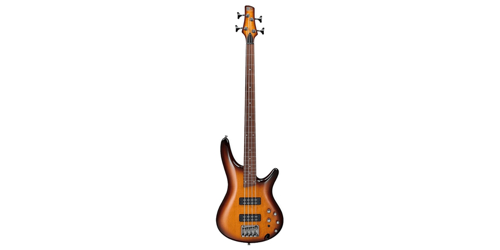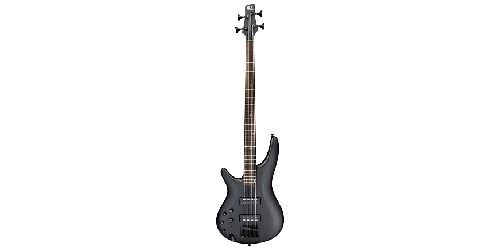Electric Basses
The electric bass or electric bass for short is a bass guitar that is mostly made of wood and relies on electronic amplification. For more infos, see below...
Electric Bassguitar
The electric bass or electric bass for short is a bass guitar that is mostly made of wood and relies on electronic amplification. For more infos, see below...







